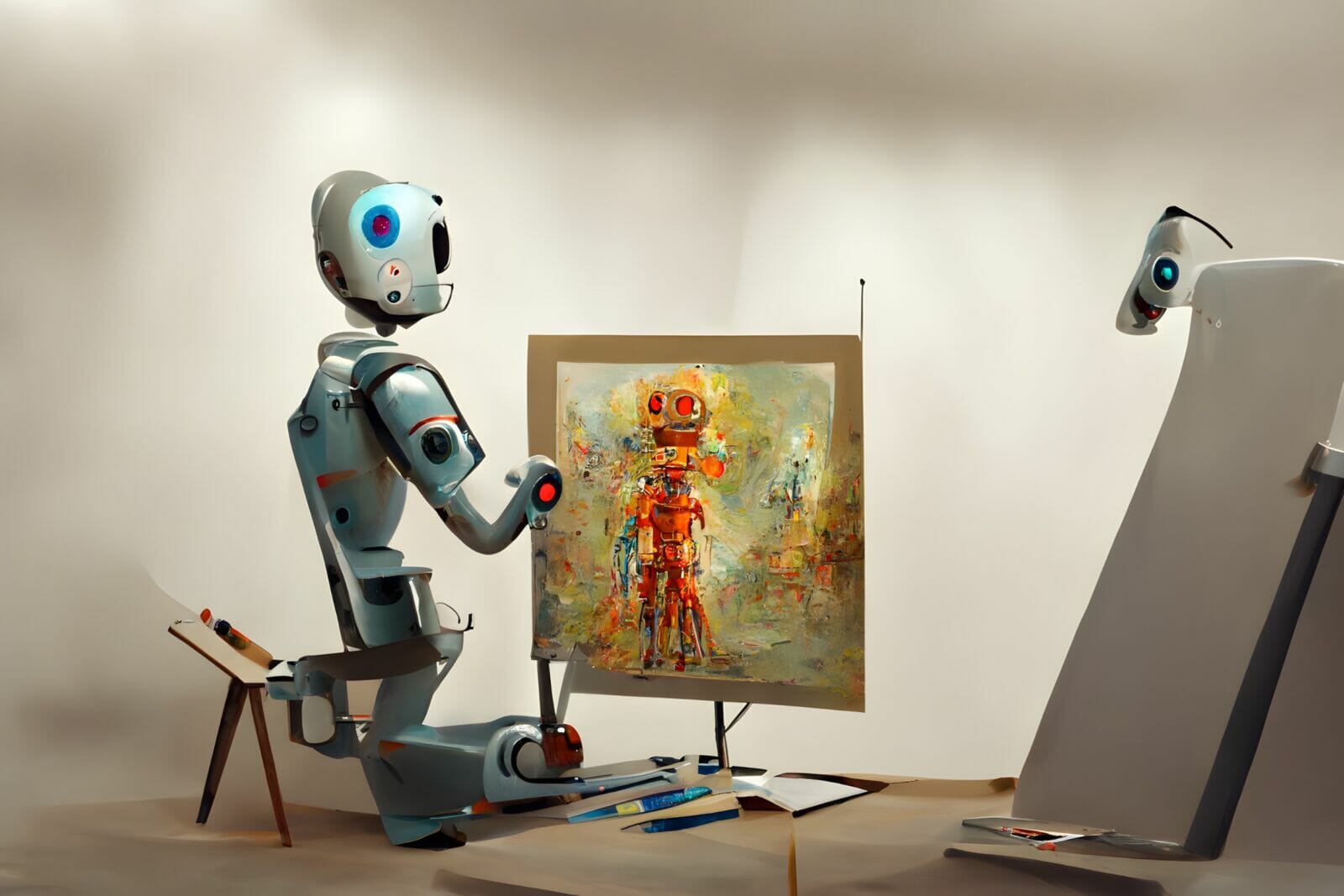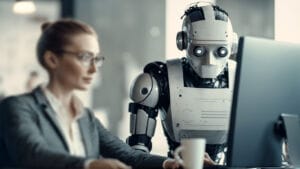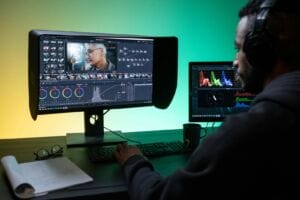Art has always evolved alongside technology. From the invention of the paintbrush to the rise of digital tools, each step forward has changed how artists create. Now, we are entering a new era where artificial intelligence (AI) is becoming part of the creative process. One of the most exciting developments is the rise of AI art generators. But can these tools bridge the gap between modern technology and traditional art forms?
Let’s explore how AI is shaping the future of art while keeping one foot in the past.
The Evolution of Traditional Art
Art has a rich history. Traditional art forms like painting, sculpture, and drawing have been cherished for centuries. These methods rely on an artist’s skill, imagination, and hands-on technique.
Many people feel a deep connection to traditional art because it reflects human emotion and craftsmanship. Each brushstroke, sculpture, or sketch tells a story of dedication and personal touch. For centuries, these forms of art have shaped how we view the world.
But as technology advanced, art began to evolve too. Tools like photography and digital design transformed the way artists create. Now, AI Art generators are taking it a step further.
What Are AI Art Generators?
AI Art generators are tools that use machine learning to create images. These programs analyze large sets of data to understand different styles, shapes, and techniques. Once trained, they can produce art based on simple prompts like text descriptions.
For example, you can enter a phrase like “sunset over the ocean,” and the AI tool will generate an image based on that input. Platforms like ImagineArt and DALL·E are popular examples of these AI-powered tools.
While AI may seem complex, the idea behind AI Art generator is simple: they offer a new way to create art using the power of technology.
How AI Enhances Traditional Art
AI Art generators aren’t designed to replace traditional art. Instead, they offer a new tool that artists can use to enhance their work. Just as digital brushes don’t replace real paintbrushes, AI adds another layer to the creative process.
Many artists use AI to streamline their workflow. For instance, AI can help with:
- Idea generation: AI tools can offer new visual ideas and concepts.
- Experimentation: Artists can try different color palettes or compositions quickly.
- Assistance: AI can help artists execute time-consuming tasks like shading or detailing.
One example is an artist using AI to generate a basic landscape and then adding their unique touch with paint. In this way, AI becomes a collaborator, allowing traditional artists to create hybrid pieces that combine the best of both worlds.
Challenges and Criticisms of AI in Art
As exciting as AI Art generators are, they do raise concerns, especially among traditional artists. One major worry is the loss of human touch. Many artists fear that using AI could take away the authenticity and emotional depth that comes from hand-created art.
Another issue is the ownership of AI-generated work. Who owns the art created by AI? Is it the person who entered the prompt or the AI tool itself? These questions have sparked debates about the future of art.
Also, AI Art is often seen as different from handmade art. While traditional art showcases an artist’s journey and skills, AI-generated art can sometimes feel impersonal. This difference in perception creates a divide between the two worlds.
Collaboration Between Artists and AI
Despite the concerns, many artists are finding ways to collaborate with AI. Instead of seeing it as a threat, they view AI as a tool to push boundaries. By combining traditional techniques with AI’s speed and versatility, artists can create truly unique pieces.
For example, some artists use AI to design initial sketches, which they later bring to life with traditional methods like painting or sculpting. Others use AI to create abstract shapes or patterns and then add their human touch to complete the piece.
These collaborations are showing that AI and traditional art don’t have to be separate. In fact, they can complement each other, offering a fresh way to explore creativity.
The Future of Art: A Hybrid Approach?
So, can AI Art generators bridge the gap between technology and traditional art? It seems that the answer is yes—if we embrace a hybrid approach.
The future of art doesn’t have to be one or the other. Traditional methods will always have a place in the art world, but AI tools can help artists experiment, save time, and push creative boundaries. By working together, technology and traditional art can create a new era of creativity.
Imagine a world where artists blend brushstrokes with algorithms or sculptors design their first drafts using AI. The possibilities are endless.
Conclusion
AI Art generators have opened a new door for artists, offering endless possibilities for innovation. They don’t aim to replace traditional art but provide another way for artists to explore their creativity. As we move forward, it’s clear that AI and traditional art can work together to shape the future of creativity.
If you’re an artist, now is the perfect time to explore what AI Art generators like ImagineArt can do for you. You might just discover a whole new dimension to your craft!




